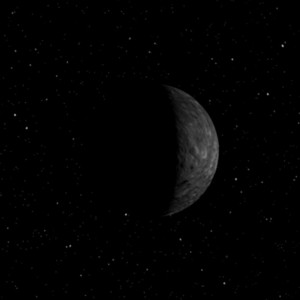I was fascinated by the
Breakthrough Starshot Project to send a probe to another star system. They
think it will take 20 years to develop the technology, 20 to 30 years to make
the trip, and 4 years to send the pictures back. By then, my age will be triple
digits and I just might not be around to see it. So, I decided to create my own
version of what it might look like.
I started the animation
earlier this year but got distracted with other things. This week I got back to
work on it. It is a simulation of what a space probe flying through an
exo-stellar system would see. I used the animation program Blender.
I created mini star system
in Blender. I tried to make it to scale, so the distances and plant/star sizes
were appropriate. I did make the planets on the large side, so they’d show up
better. I created a path for the probe and created a camera that followed the
route. I had to go back to my old geometry skills to work it out. Wikipedia was
very valuable.
I'd dropped it mainly
because I had trouble getting the camera to point where I wanted it to point. If
the probe was travelling at 20% the speed of light, it would pass through the
system is about 7 minutes. At 24 frames a second, that worked out to 10710
frames. To save time, I just specified positions and orientations for only
about 30 frames and let Blender interpolate the others. The interpolations were
kind of wonky.
I went back and recalculated
the positions and orientations for about every 48 frames, or about 190 frames.
When the probe was changing direction, or rotating faster, I used shorter time
intervals. For the most part it works OK now, although there are a few glitches
I need to fix. Some of the interpolations are strange. I don’t understand why.
I created a star scape back
ground to make it look more realistic. That took me several tries to get right.
I did a test run to see how it looks. I feel good about it.
I have some other changes I’d
like to make. My artistic skills leave something to be desired, so I used
images of various planets and moons in our solar system. Some of them are too
recognizable, so I want to find a way to make something a little more alien. I
don’t know how I will do that yet.
I also want to add a few
moons to the system. Mainly to help illuminate the dark sides of some planets
so they’re more visible.
I hope to get this done quickly,
before I get side tracked again.
This post is a mirror from my main blog http://www.dynamiclethargyfilms.ca/blog
